
Our artillerymen are actively preparing for the opening fire.
To successfully complete the remaining tasks of the second phase, the Campaign Command instructed units to strengthen the construction of offensive positions and encircle the enemy; the closer our positions got, the tighter the encirclement became, and the more stubborn the enemy would be in response. Therefore, we had to have a good position to encircle and hold out to fight the enemy's counterattacks. In addition, we controlled the airspace of Dien Bien Phu with all kinds of firepower, day and night, organized the struggle for parachute supplies and air reinforcements, destroying the enemy's remaining main support, pushing them into an increasingly dangerous situation...
On the enemy side, they reinforced 167 paratroopers for Dien Bien Phu; dispatched two C119 aircraft to dump all the artillery shells they carried onto the parachute drop zone. By the morning of April 8, 1954, a French unit was sent to Co My village to collect the stray artillery shells, but there was no trace left of the stray artillery shells.
In Saigon, Colonel Gentil, Chief of the French Army's Technical Department, said that after consulting with experts in France, he proposed that artificial rain could be created on Route 41 leading to Dien Bien Phu. Artificial rains, combined with natural thunderstorms, could cause difficulties for trucks carrying supplies to our troops. Although the possibility of this experimental project achieving results was very low, Navarre agreed to mobilize vehicles for the experiment.
Source


![[Photo] Opening of the 11th Conference of the 13th Party Central Committee](https://vstatic.vietnam.vn/vietnam/resource/IMAGE/2025/4/10/f9e717b67de343d7b687cb419c0829a2)
![[Photo] April Festival in Can Tho City](https://vstatic.vietnam.vn/vietnam/resource/IMAGE/2025/4/10/bf5ae82870e648fabfbcc93a25b481ea)


![[Photo] Unique folk games at Chuong Village Festival](https://vstatic.vietnam.vn/vietnam/resource/IMAGE/2025/4/10/cff805a06fdd443b9474c017f98075a4)



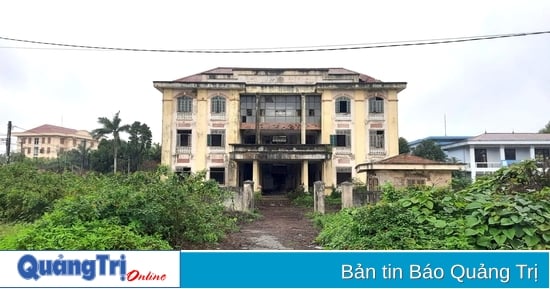
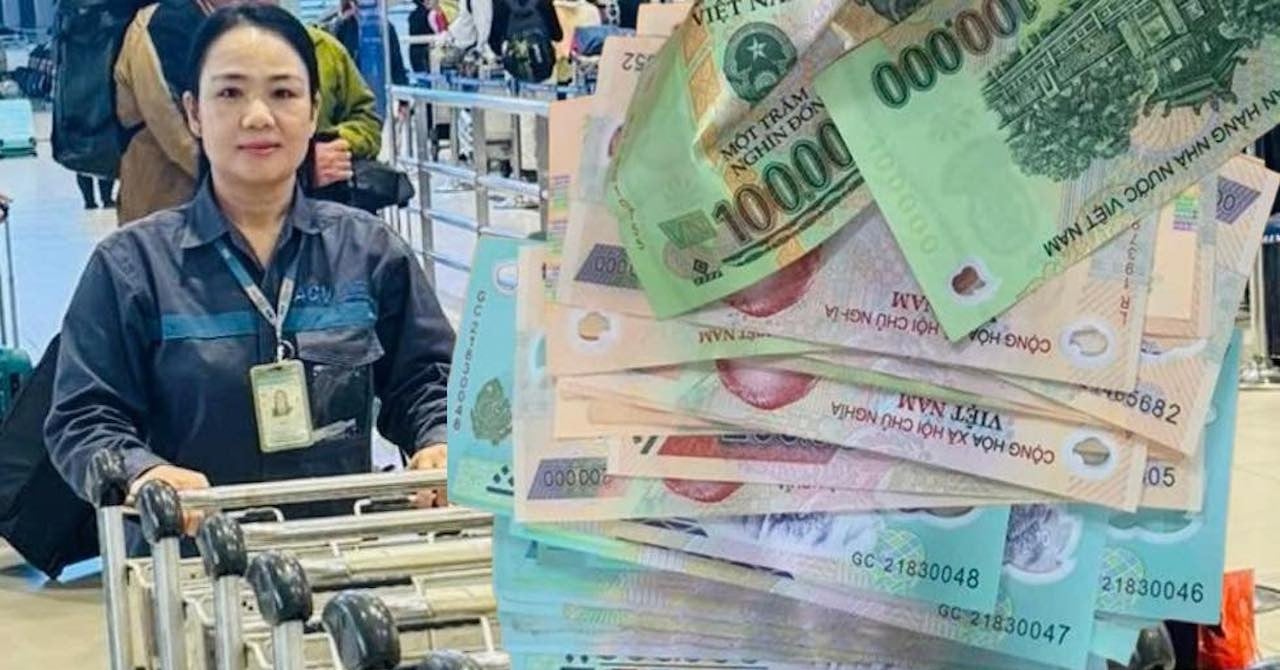

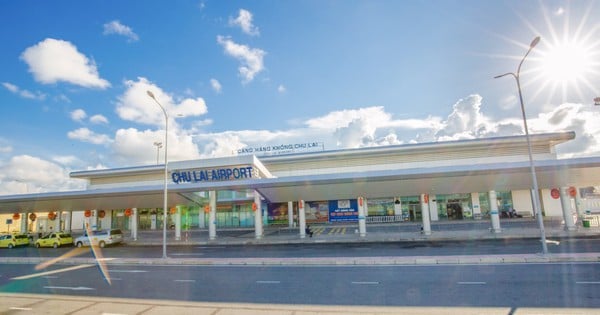

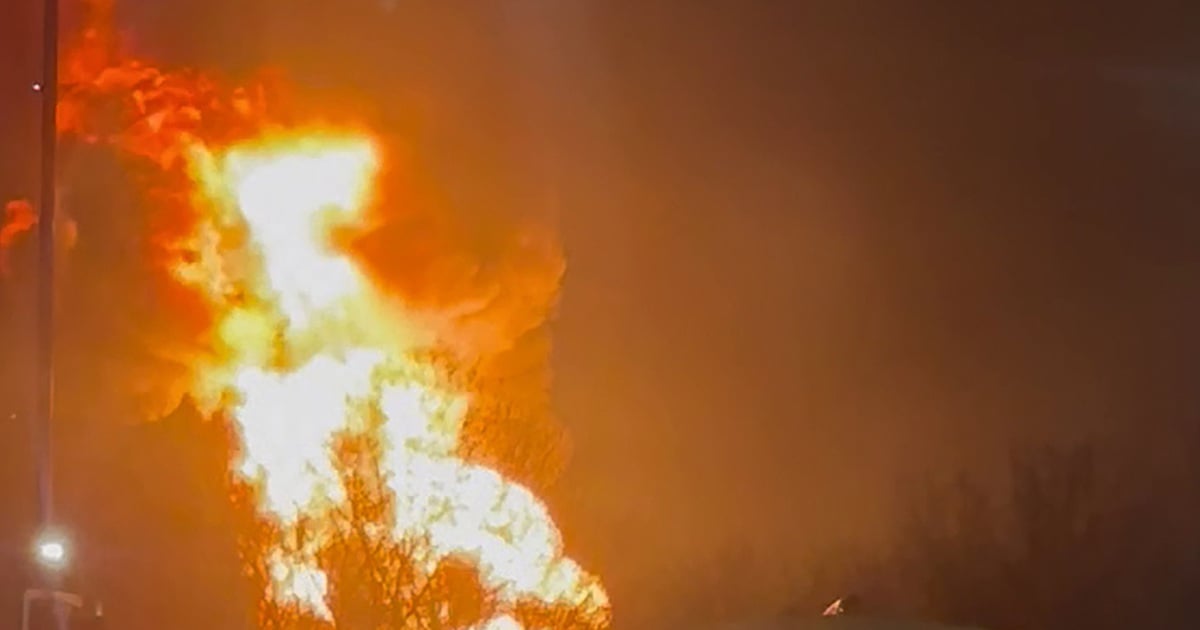
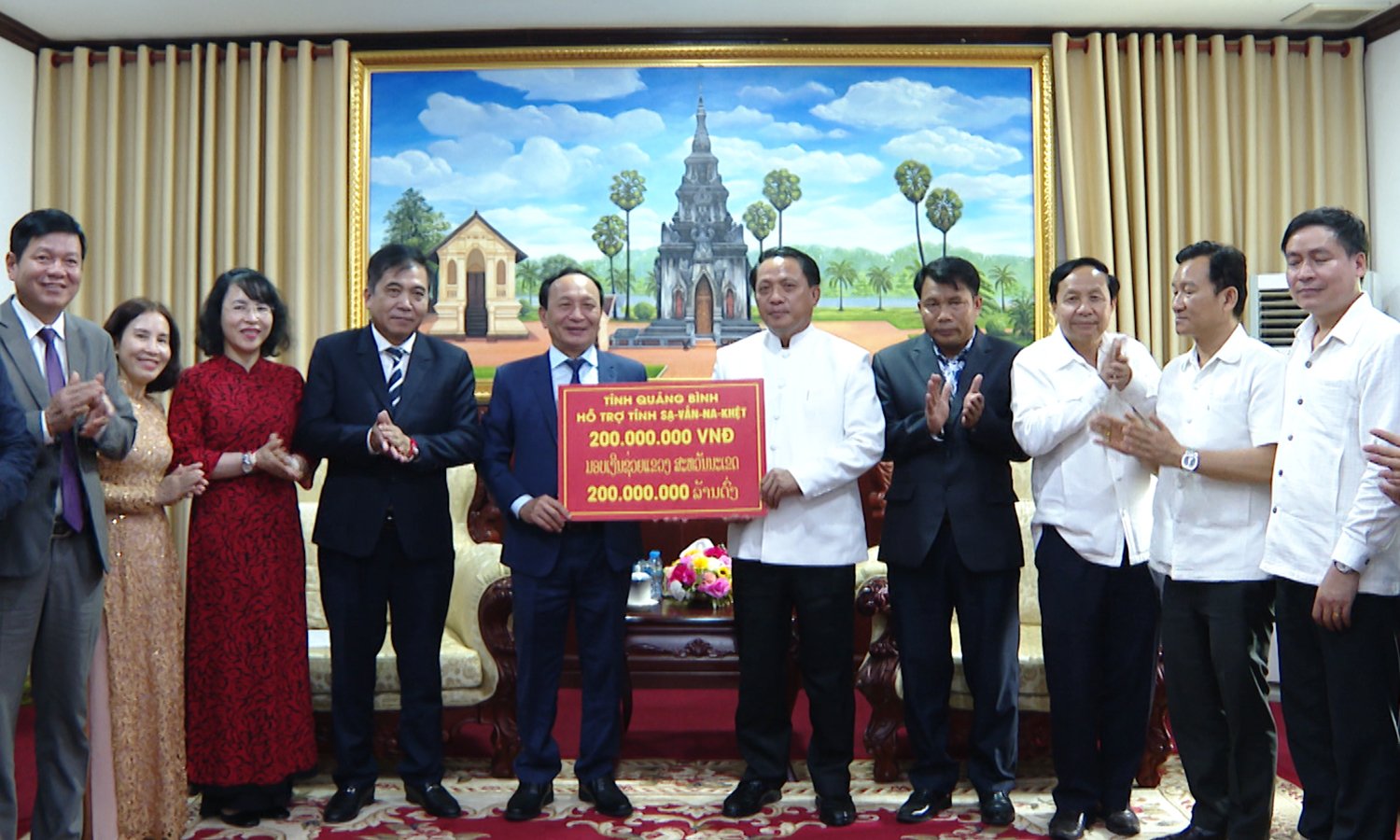
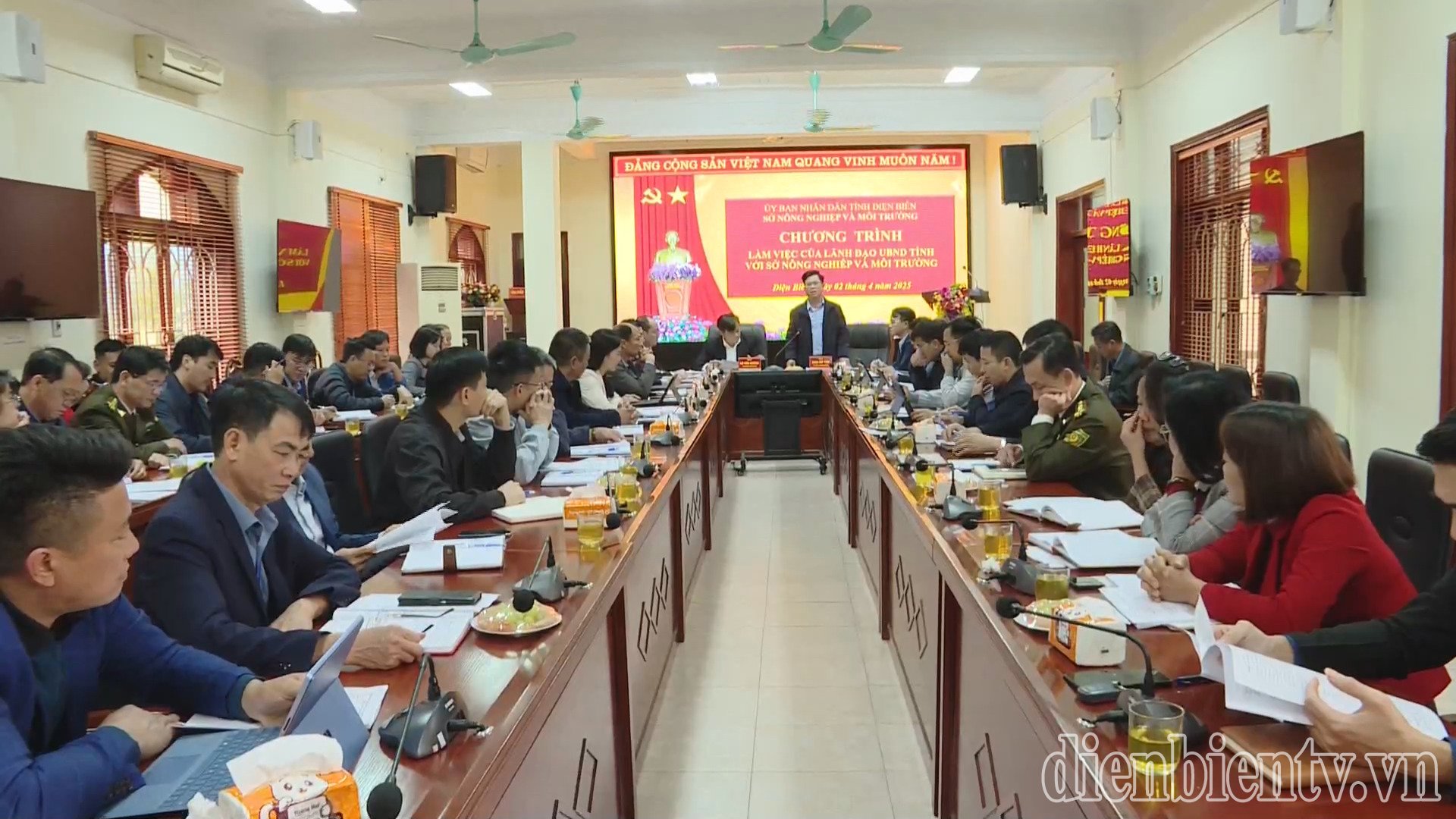
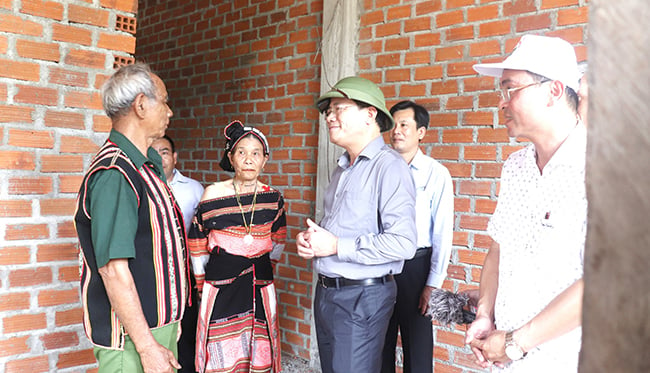
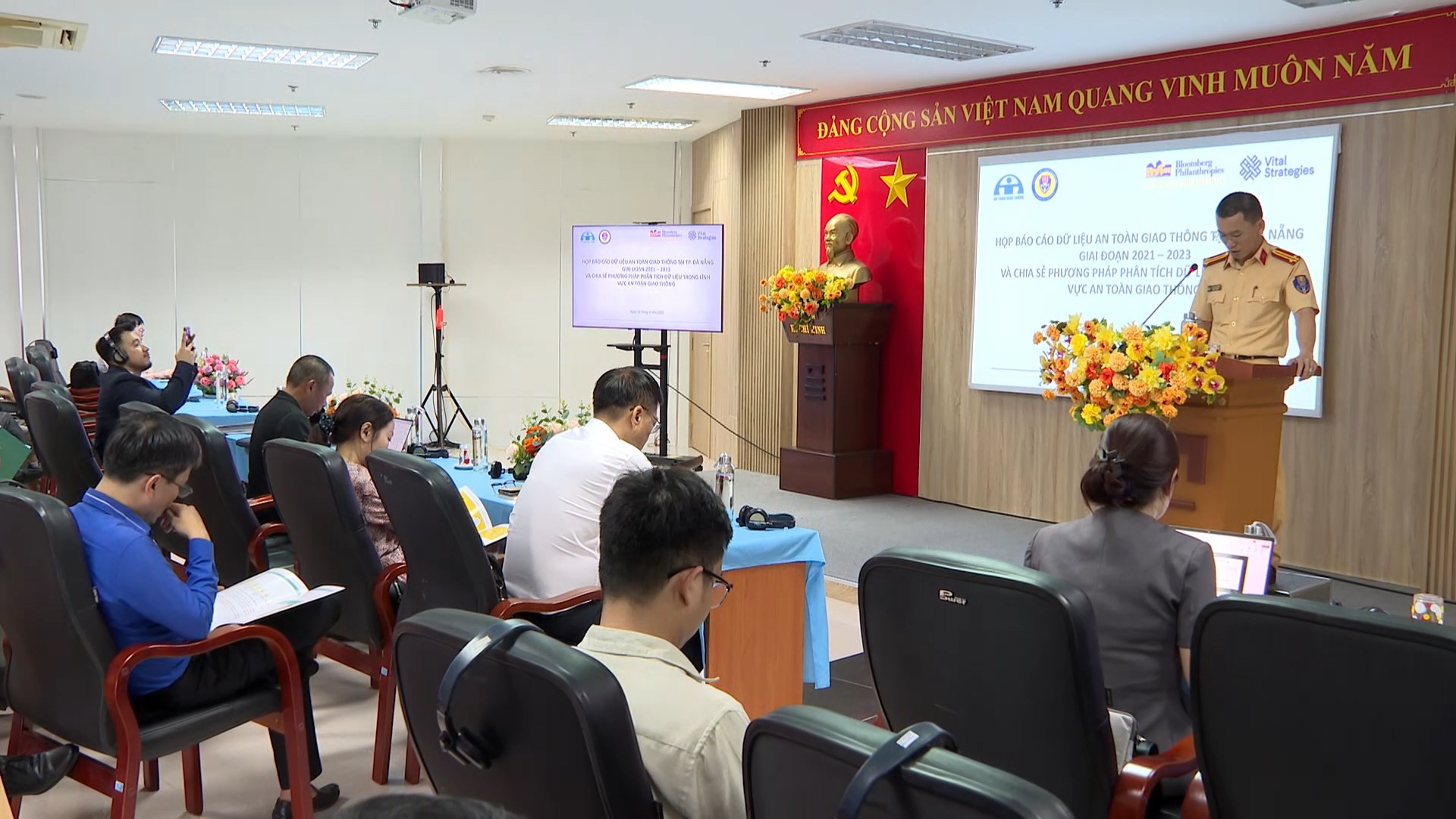
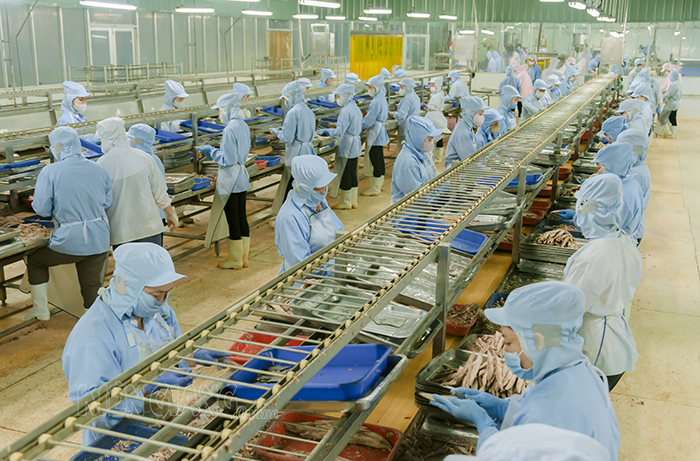





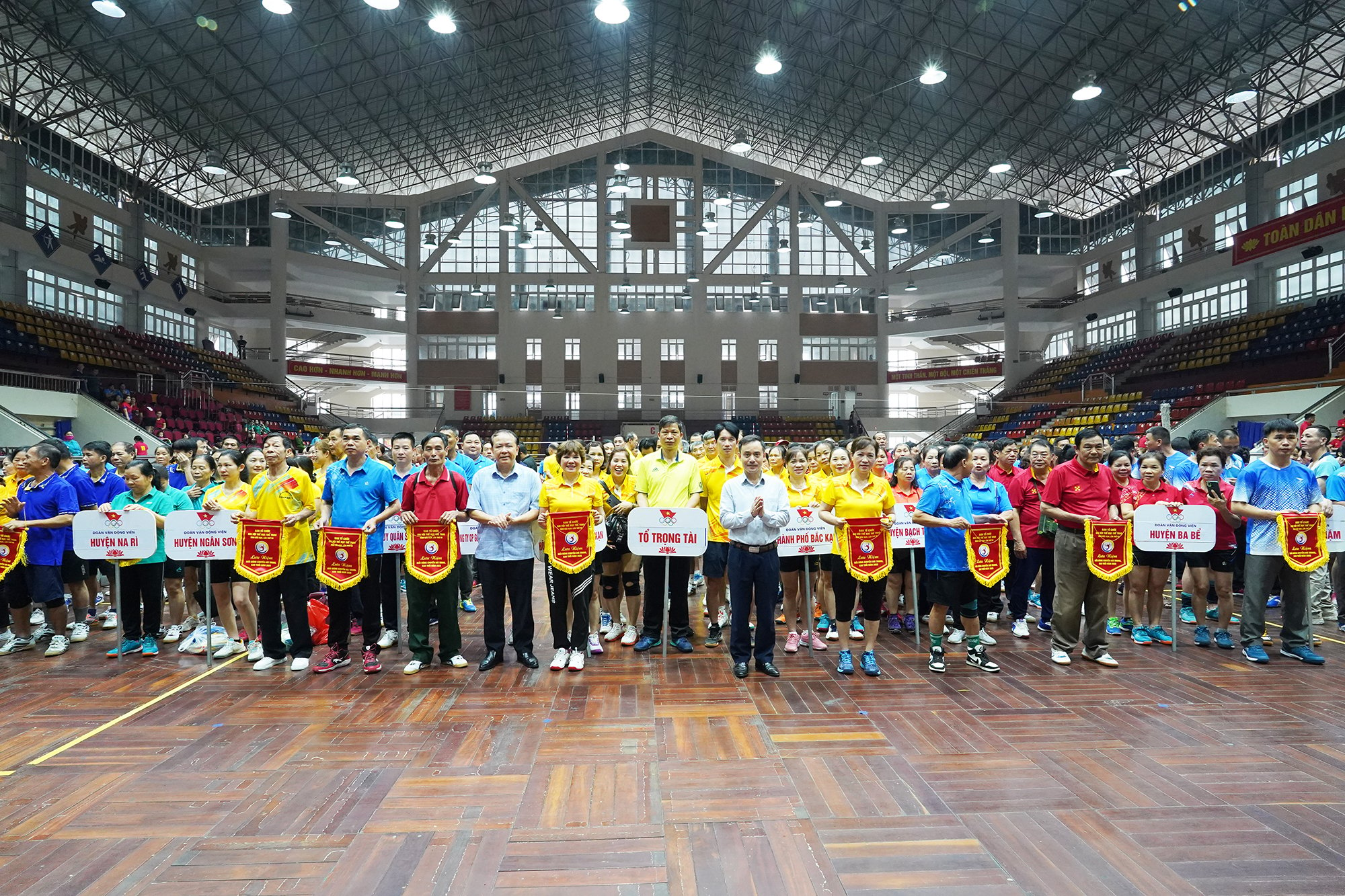
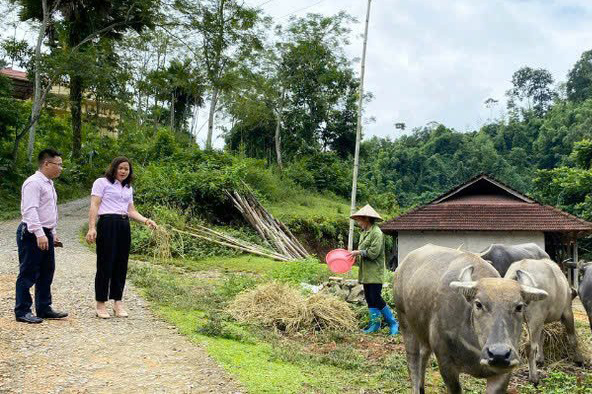
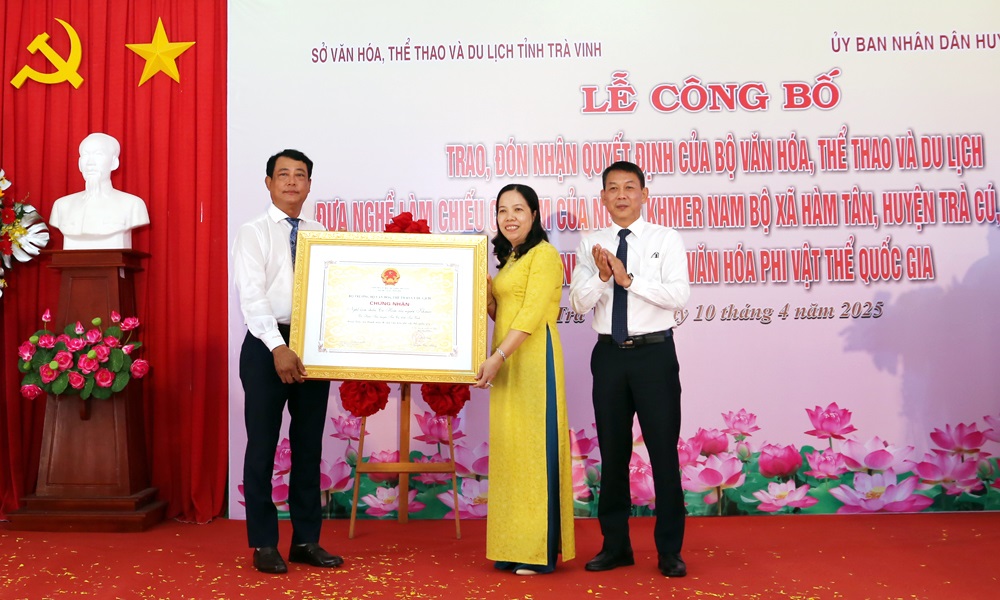
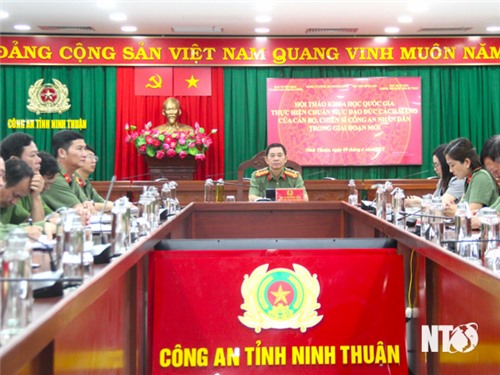
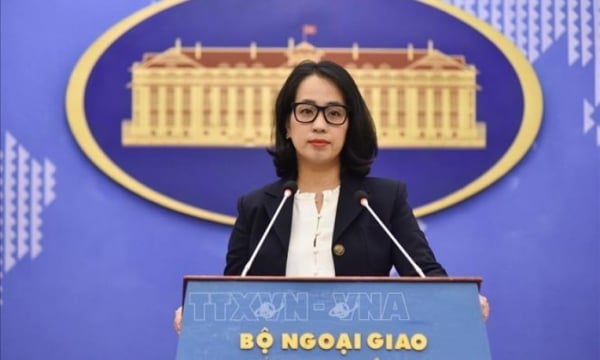
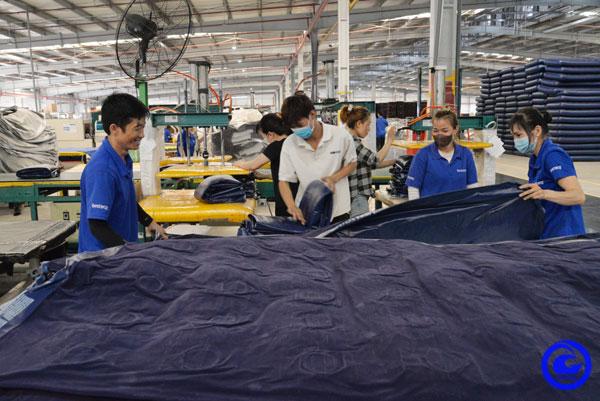











































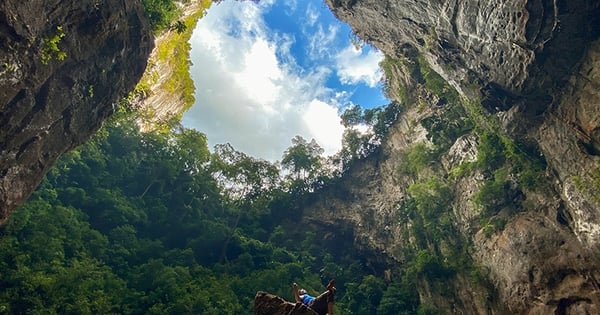
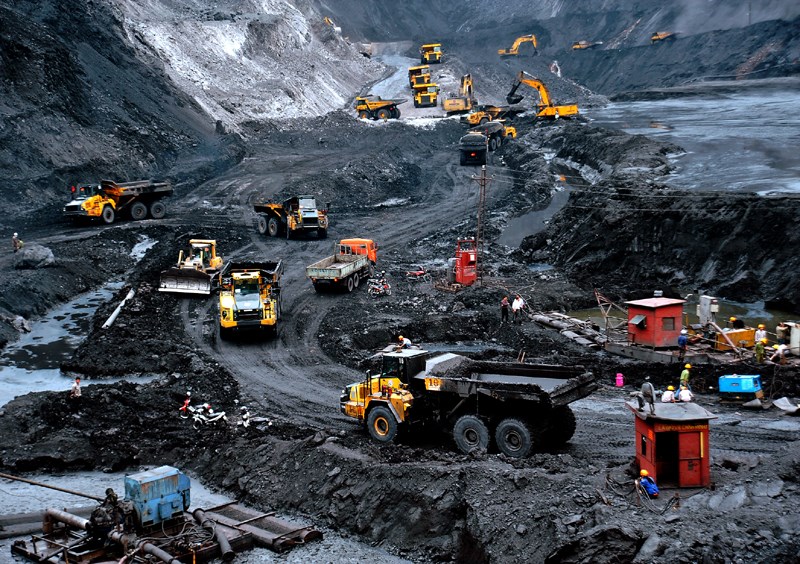

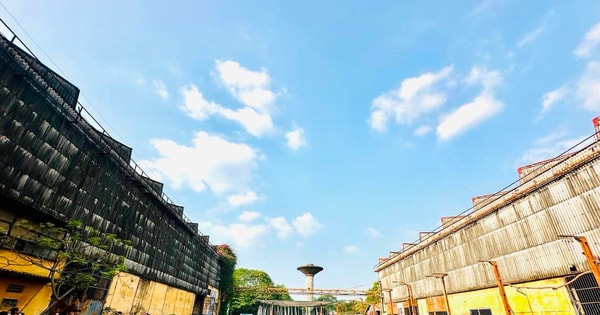







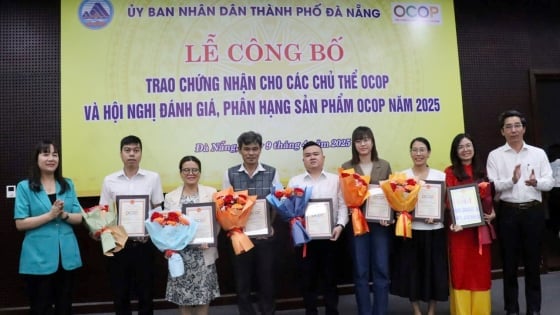
Comment (0)